Scarlet bee balm (Monarda didyma) is a most decorative member of the mint family. The common name ‘bee balm' refers to the historical use of a resin derived from the plant that was used for healing and soothing bee stings.
Its spectacular flower clusters resemble fireworks in the garden, erupting just in time for July 4th celebrations In our area. The scentless, nectar-rich flowers are pollinated primarily by ruby-throated hummingbirds and butterflies, especially fritillaries. Ironically, bee balm is NOT especially attractive to bees! (Since their eyes see a different color spectrum than ours, bees cannot see the color red.) These pollinators are more likely to be attracted to bee balm’s close relative, wild bergamot (Monarda fistulosa), whose tubular, pale lilac blooms are a veritable magnet for long-tongued bees. Wild bergamot’s common name refers to its scent, which is similar to that of the Italian bergamot orange used to flavor Earl Grey tea.
Both types of Monarda spread readily by seed. They can be susceptible to powdery mildew, so good air circulation and judicious pruning will help them stay healthy in humid climates like ours.
Can’t choose? Why not try some of both in your garden–butterflies and bees alike will appreciate it!
Photos: Lisa Schneider

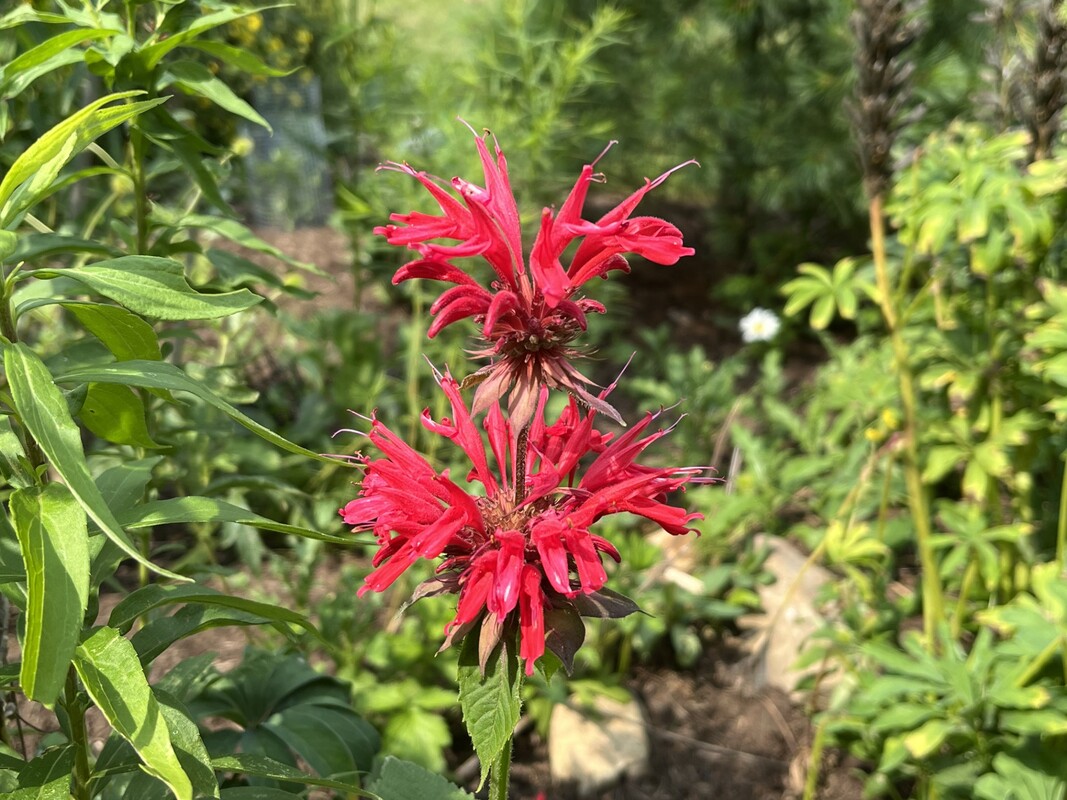
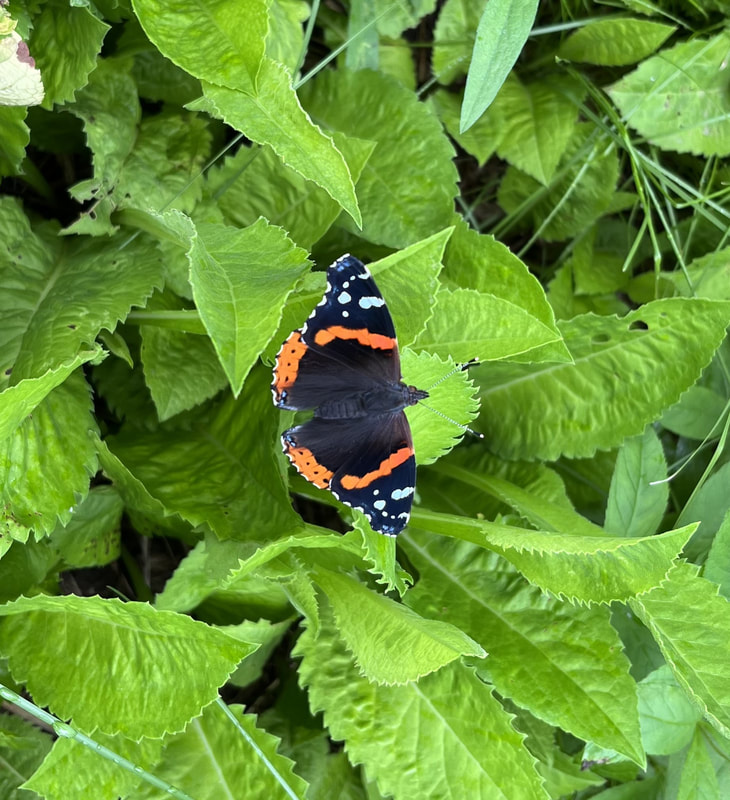
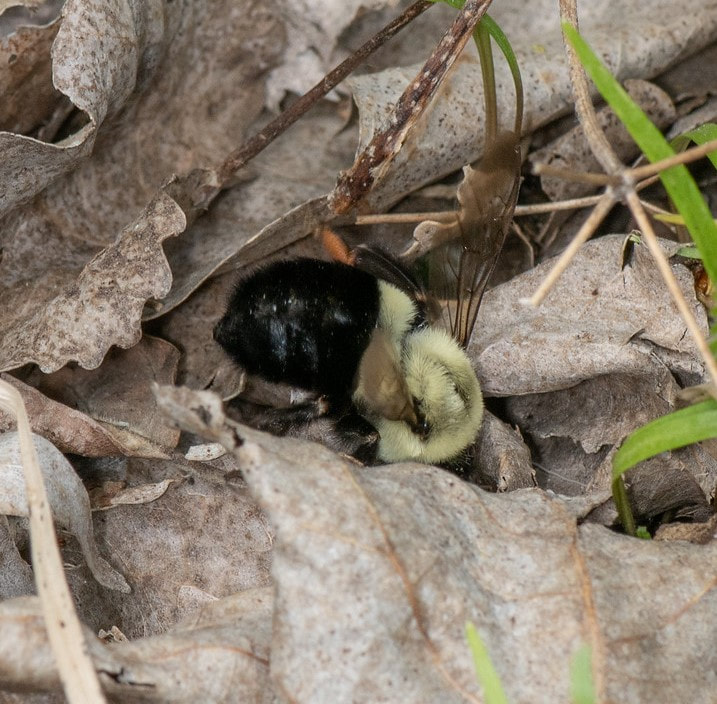
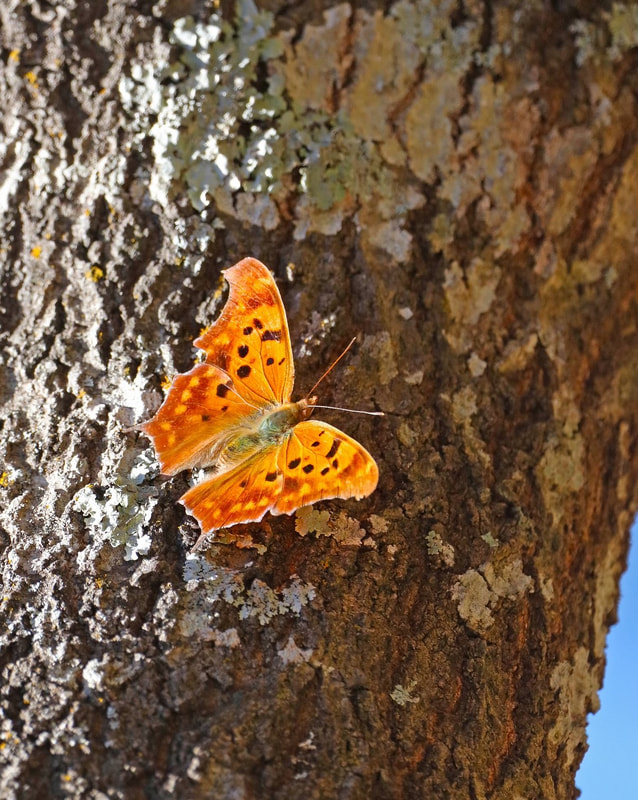
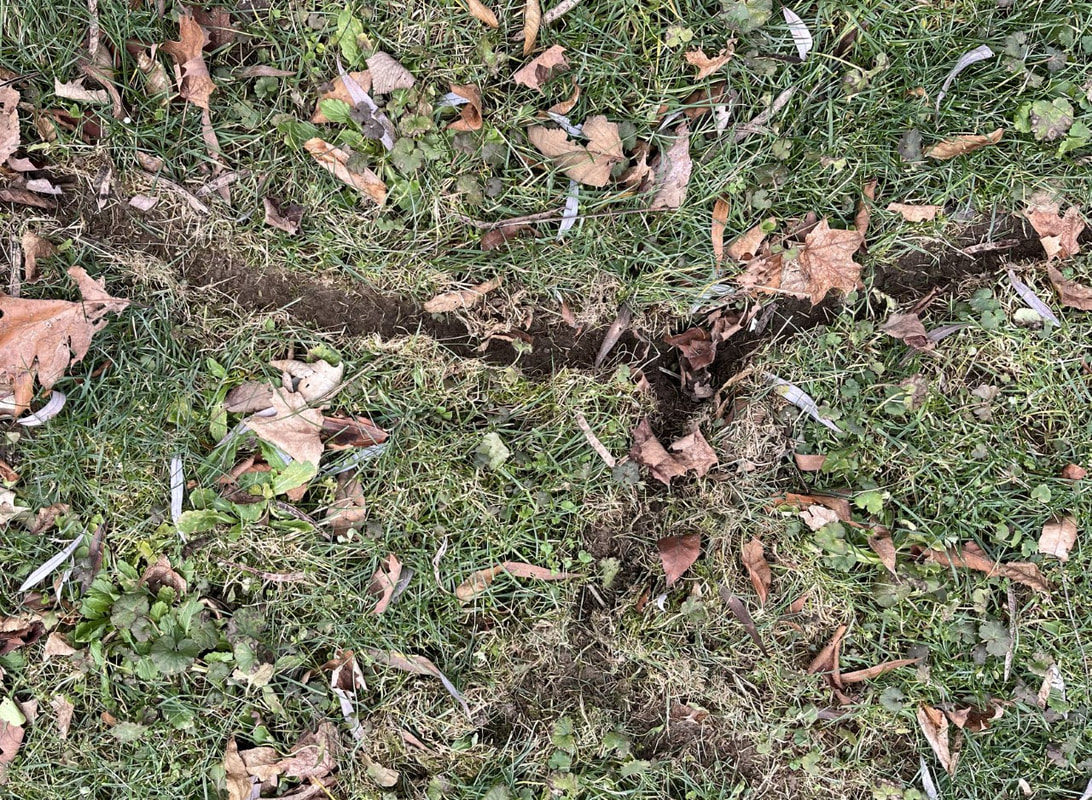
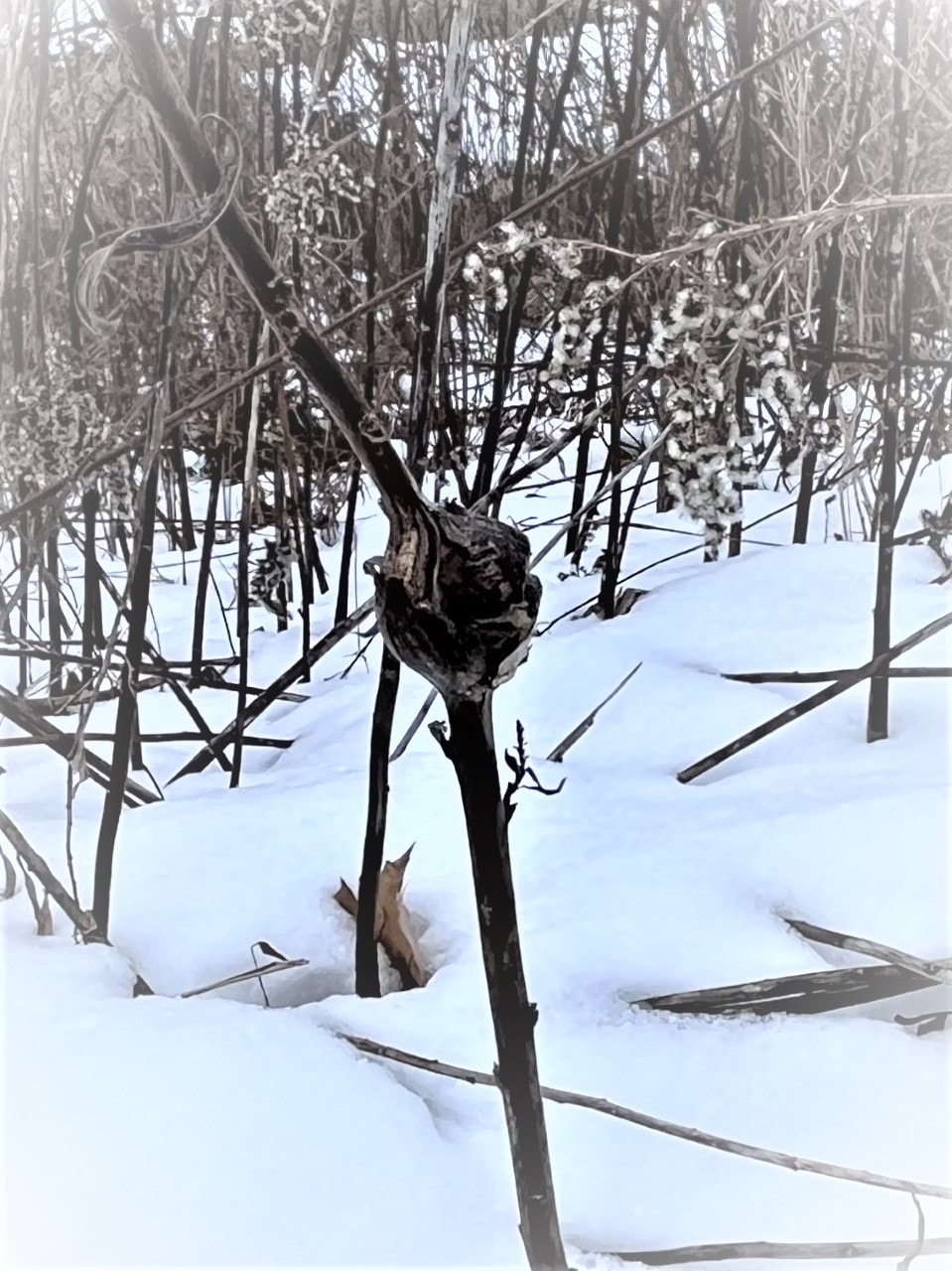
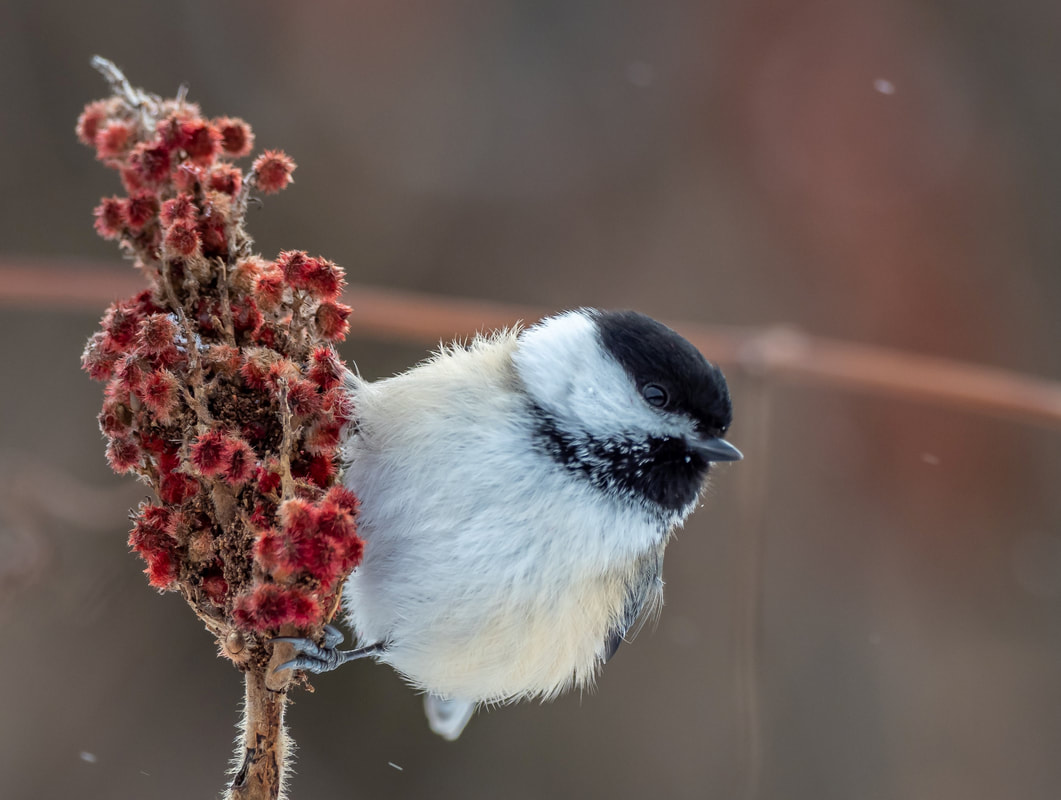
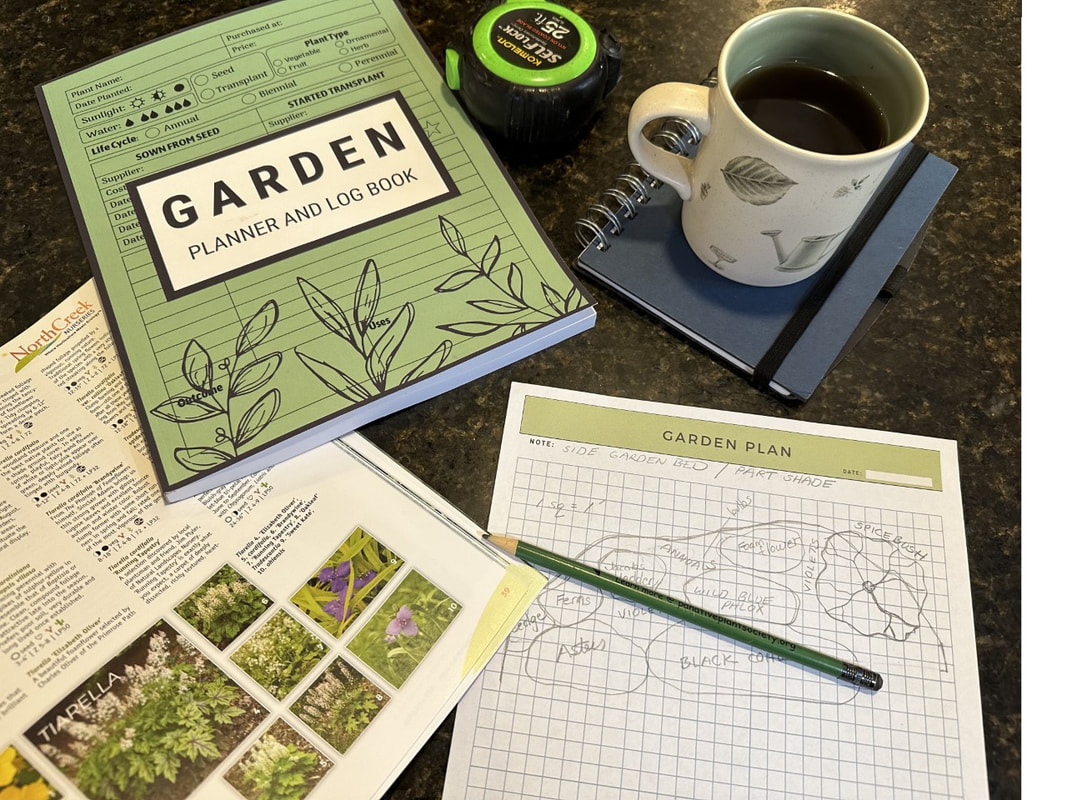
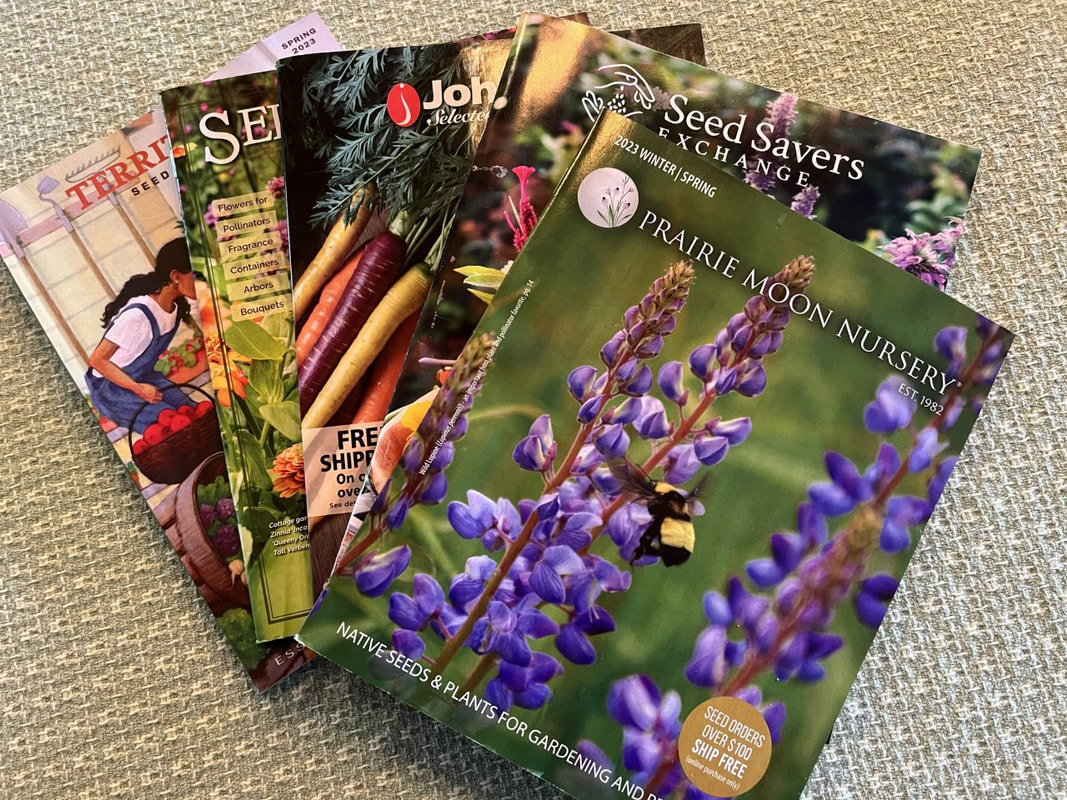
 RSS Feed
RSS Feed